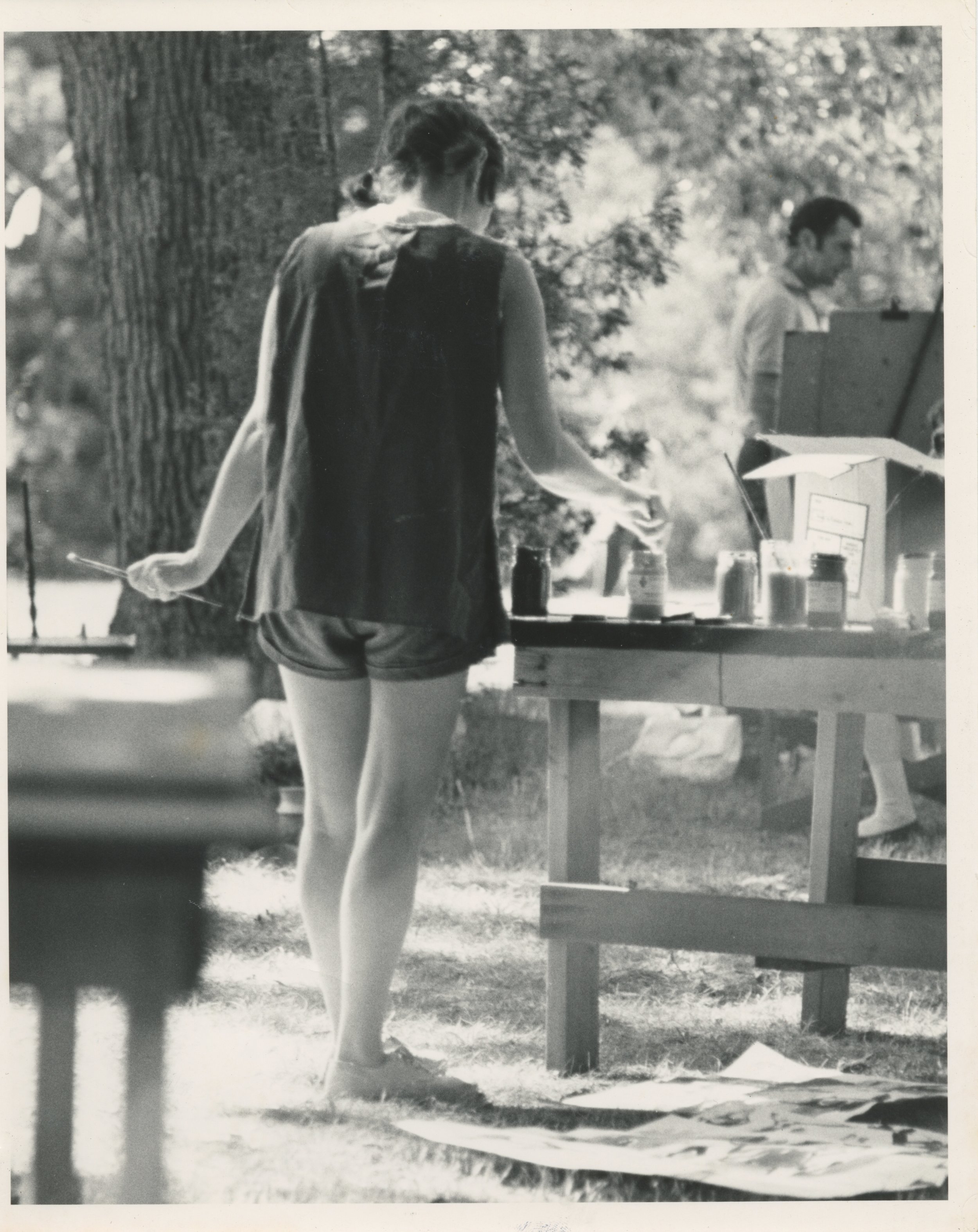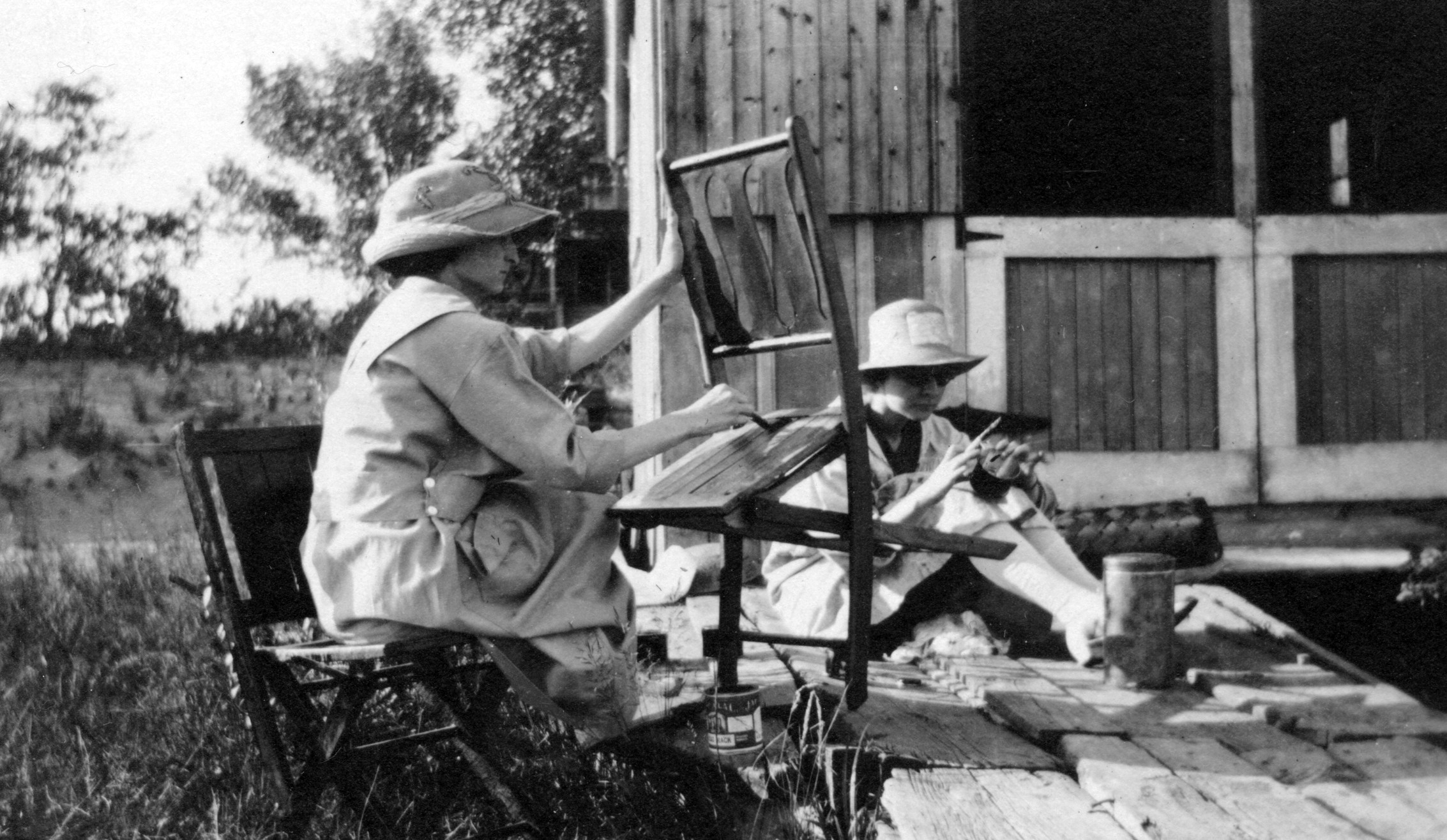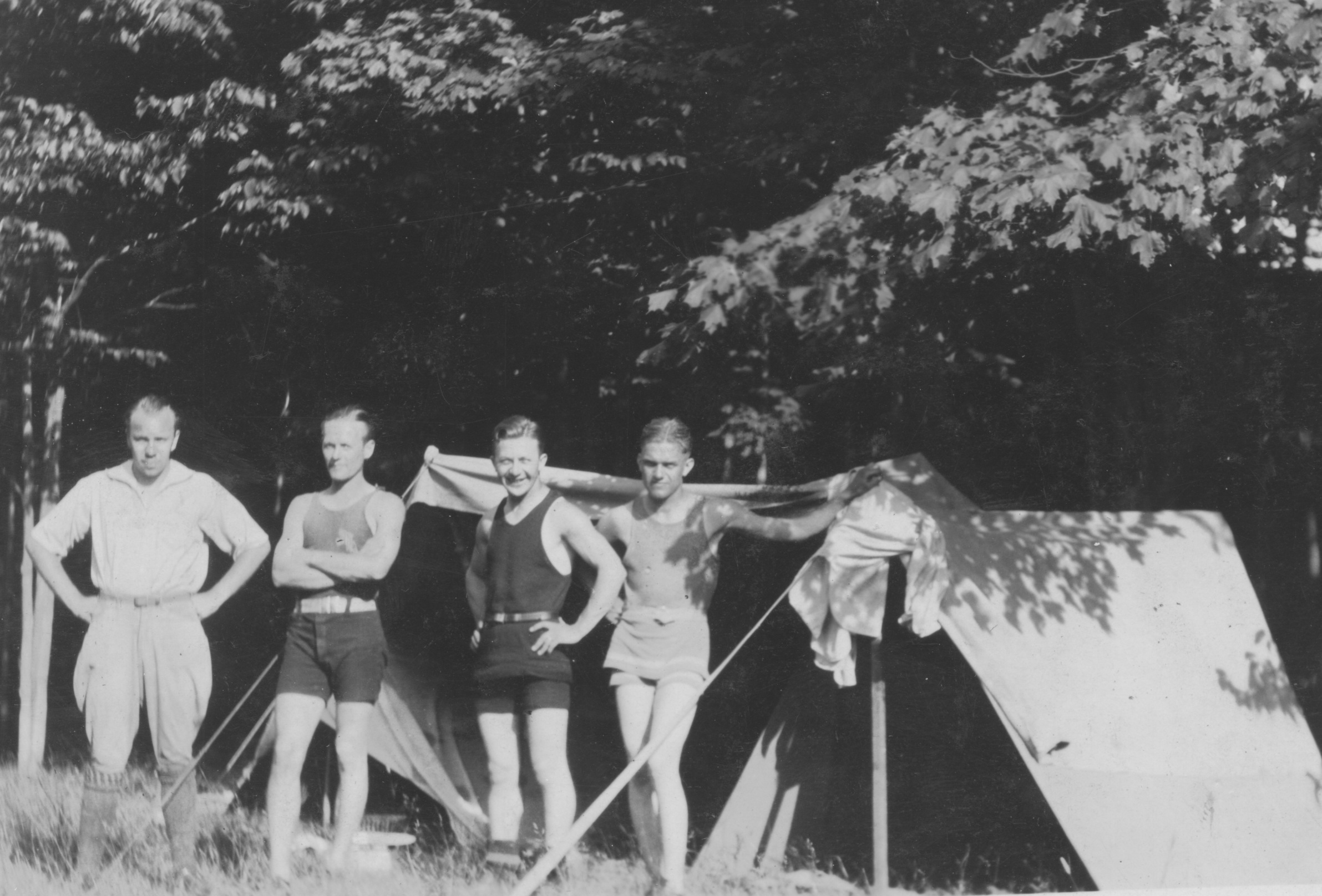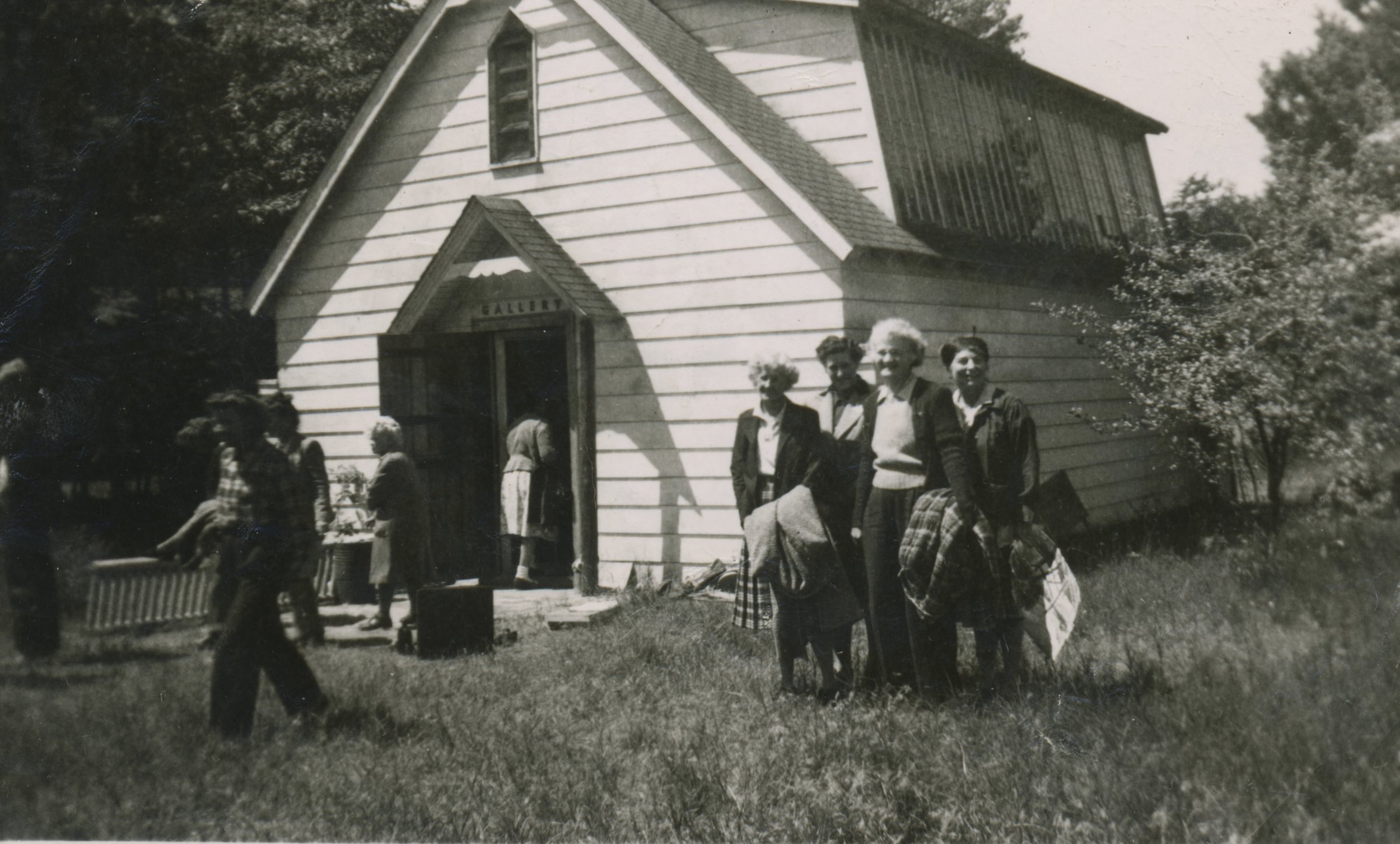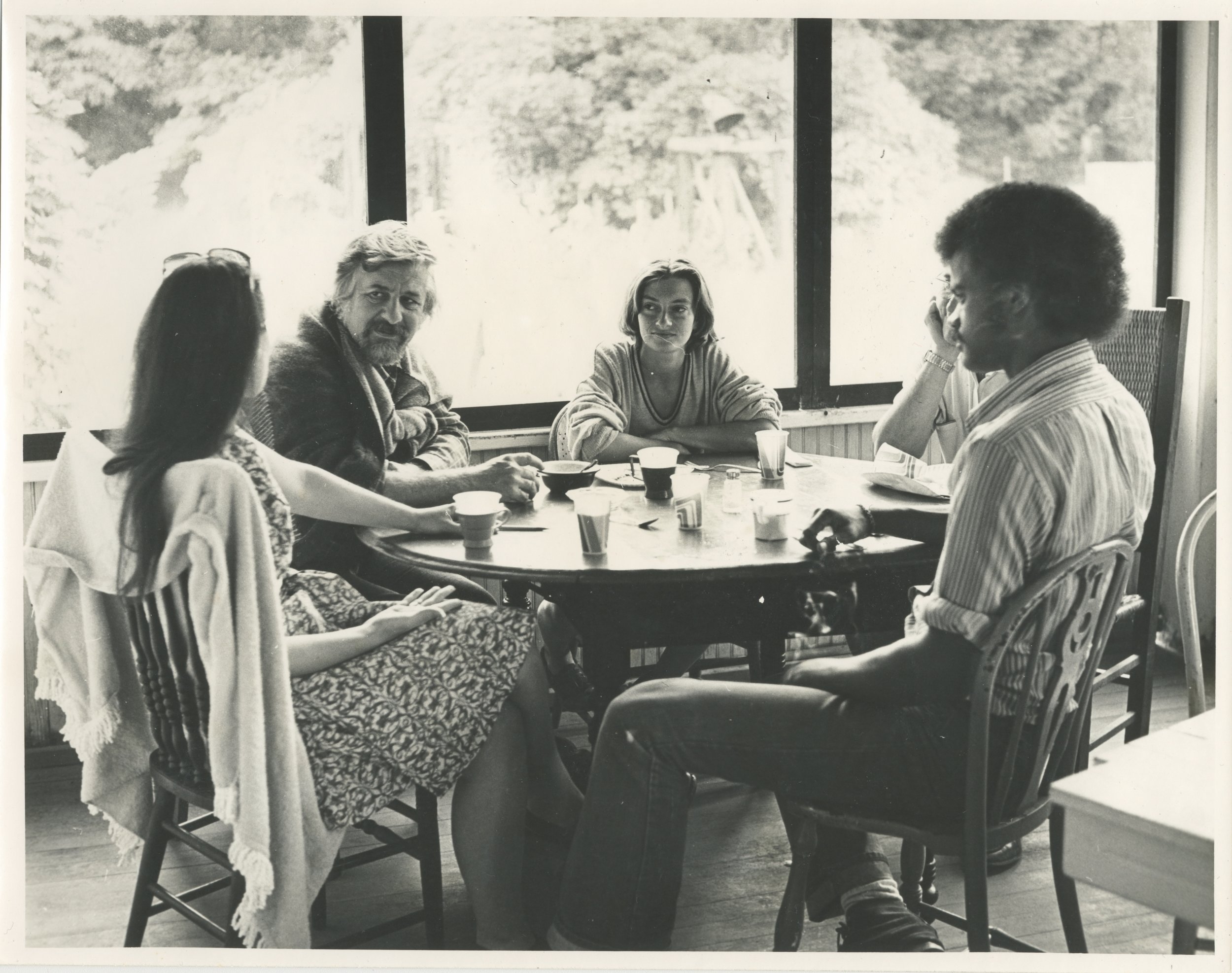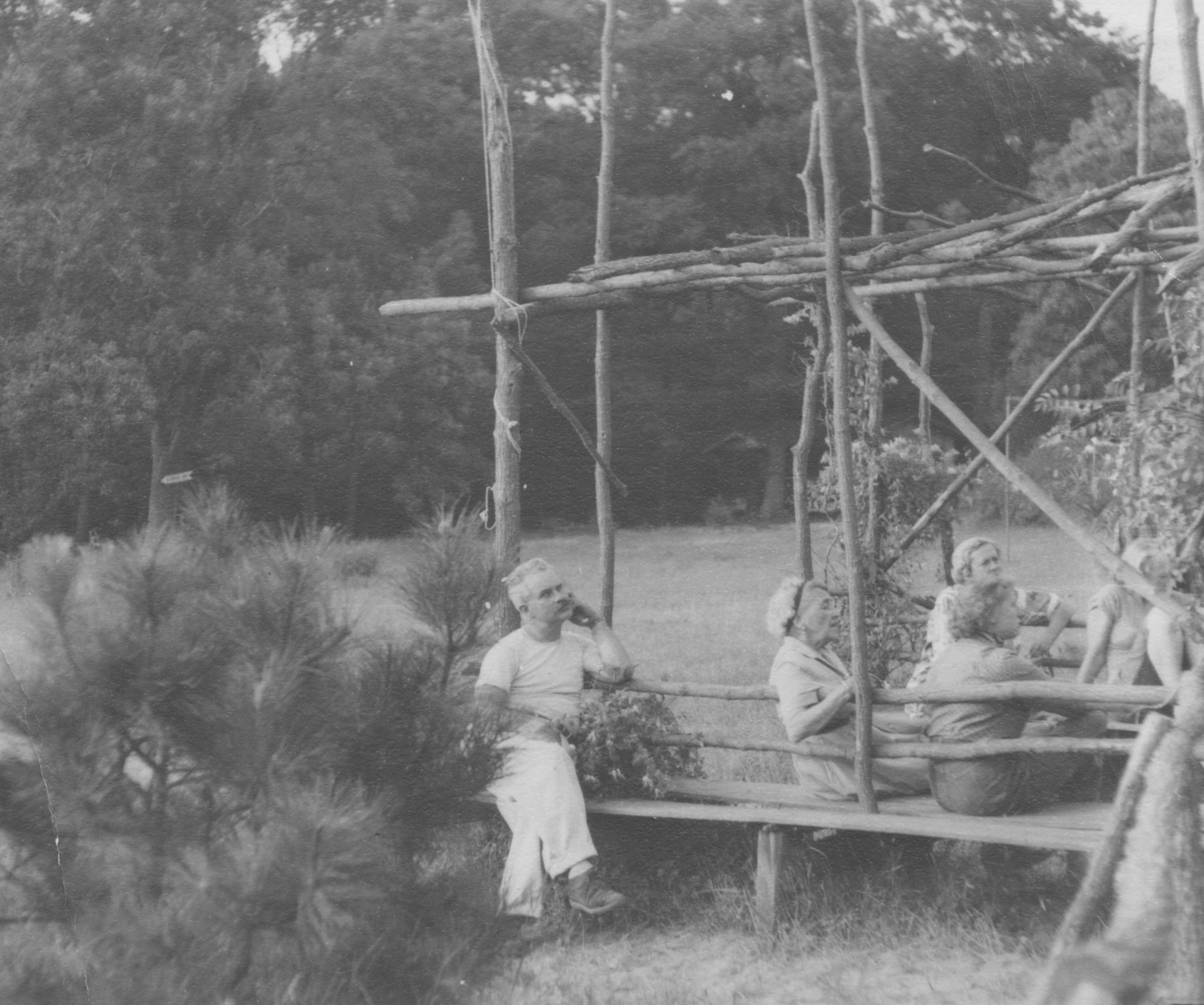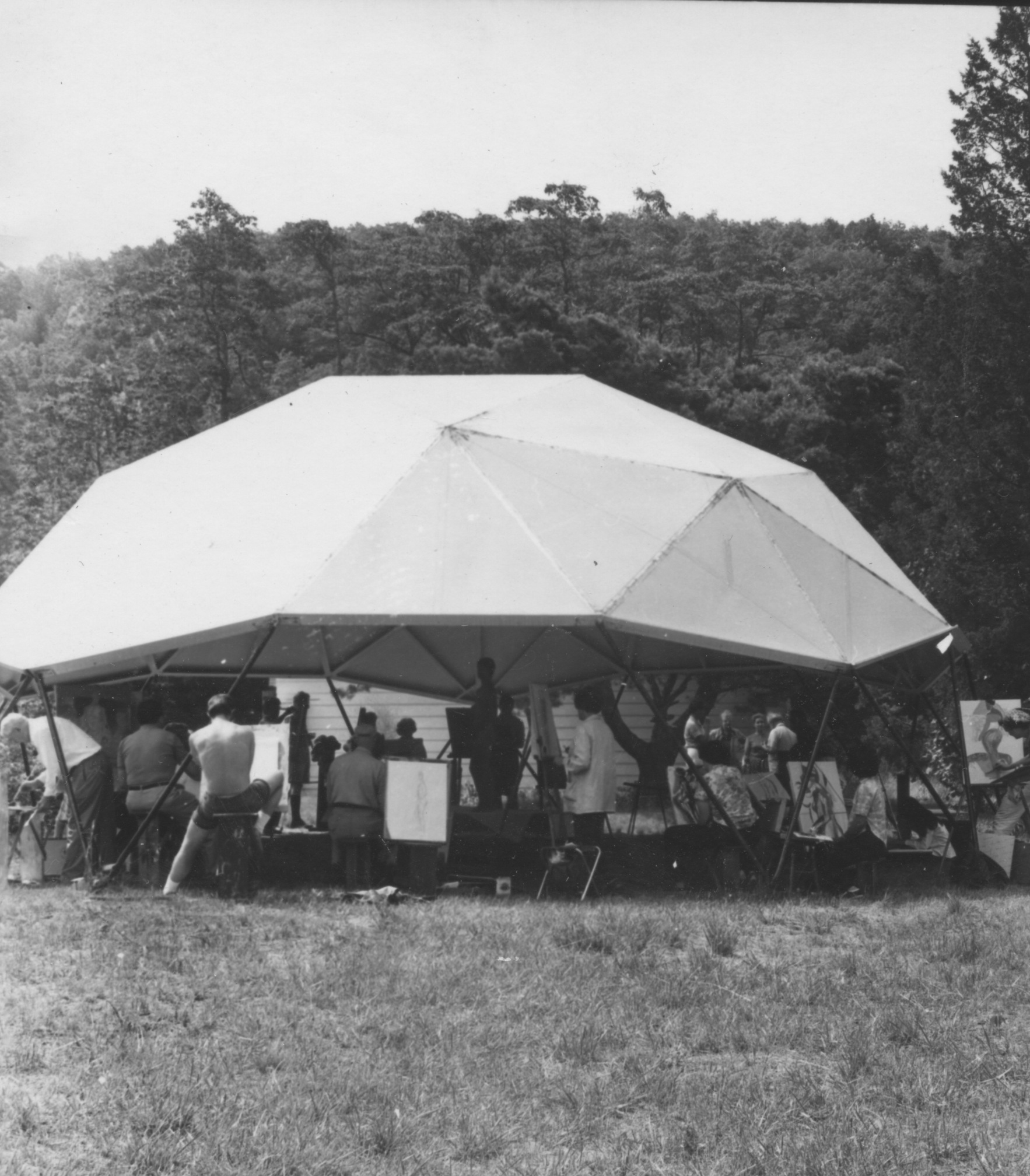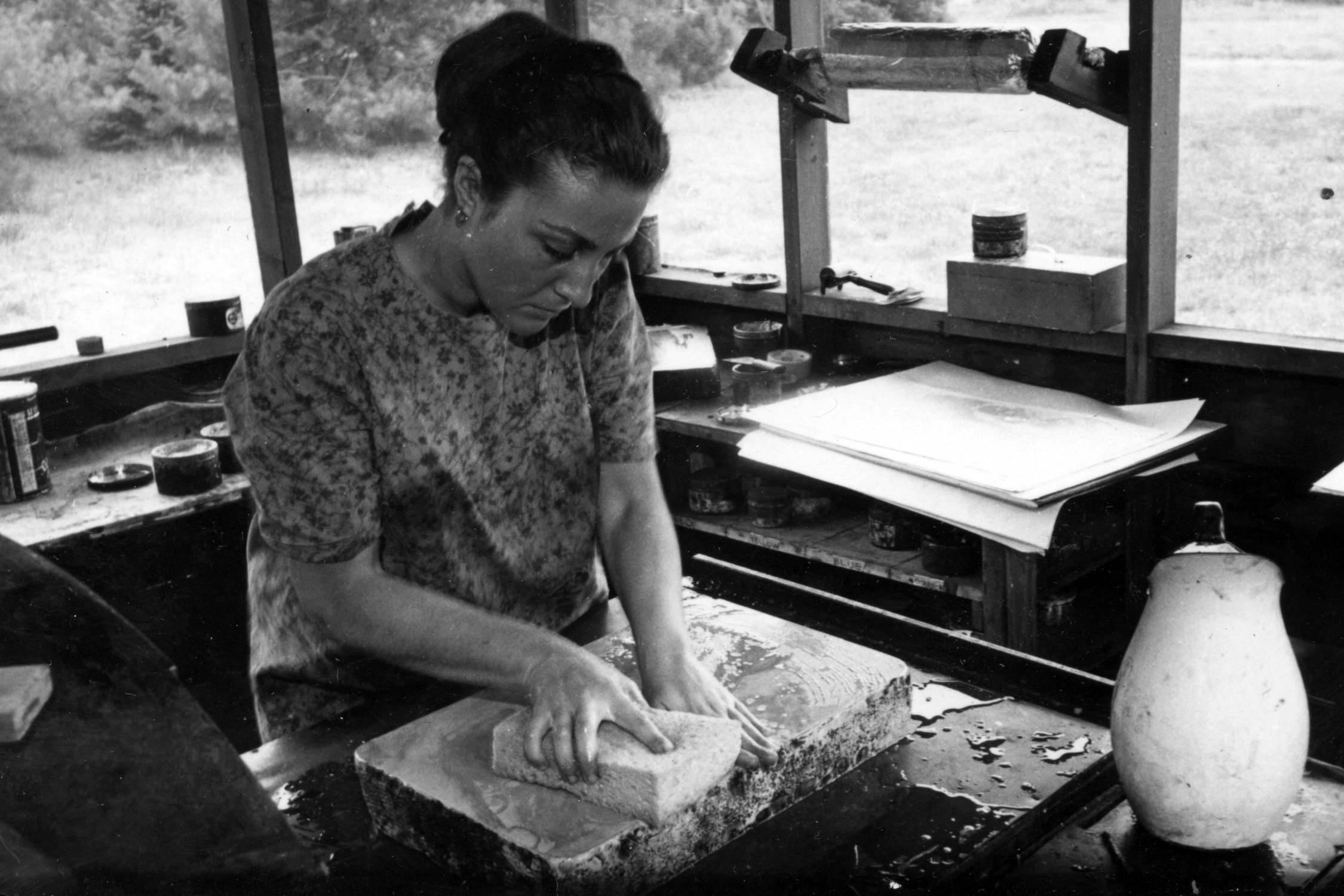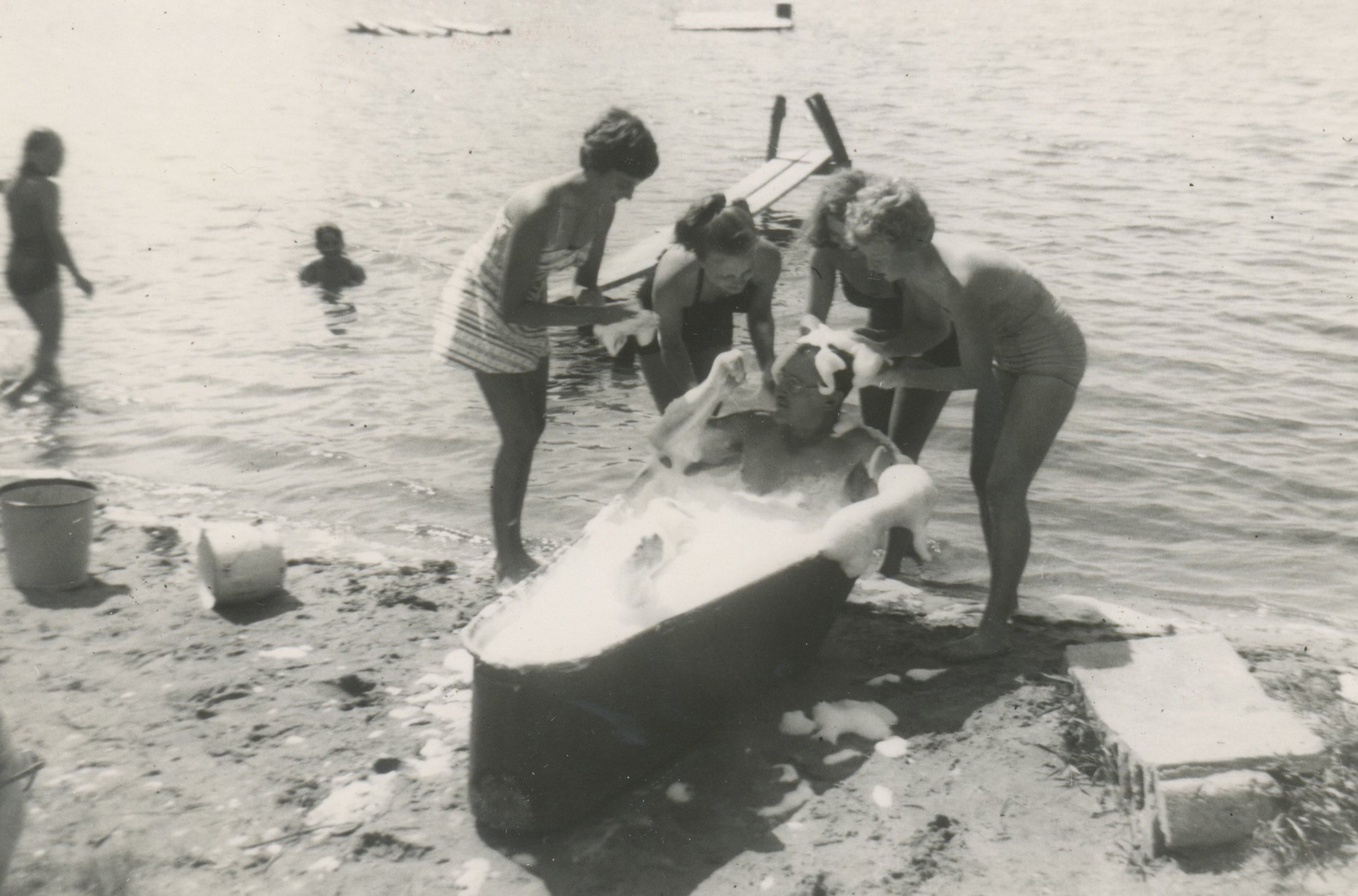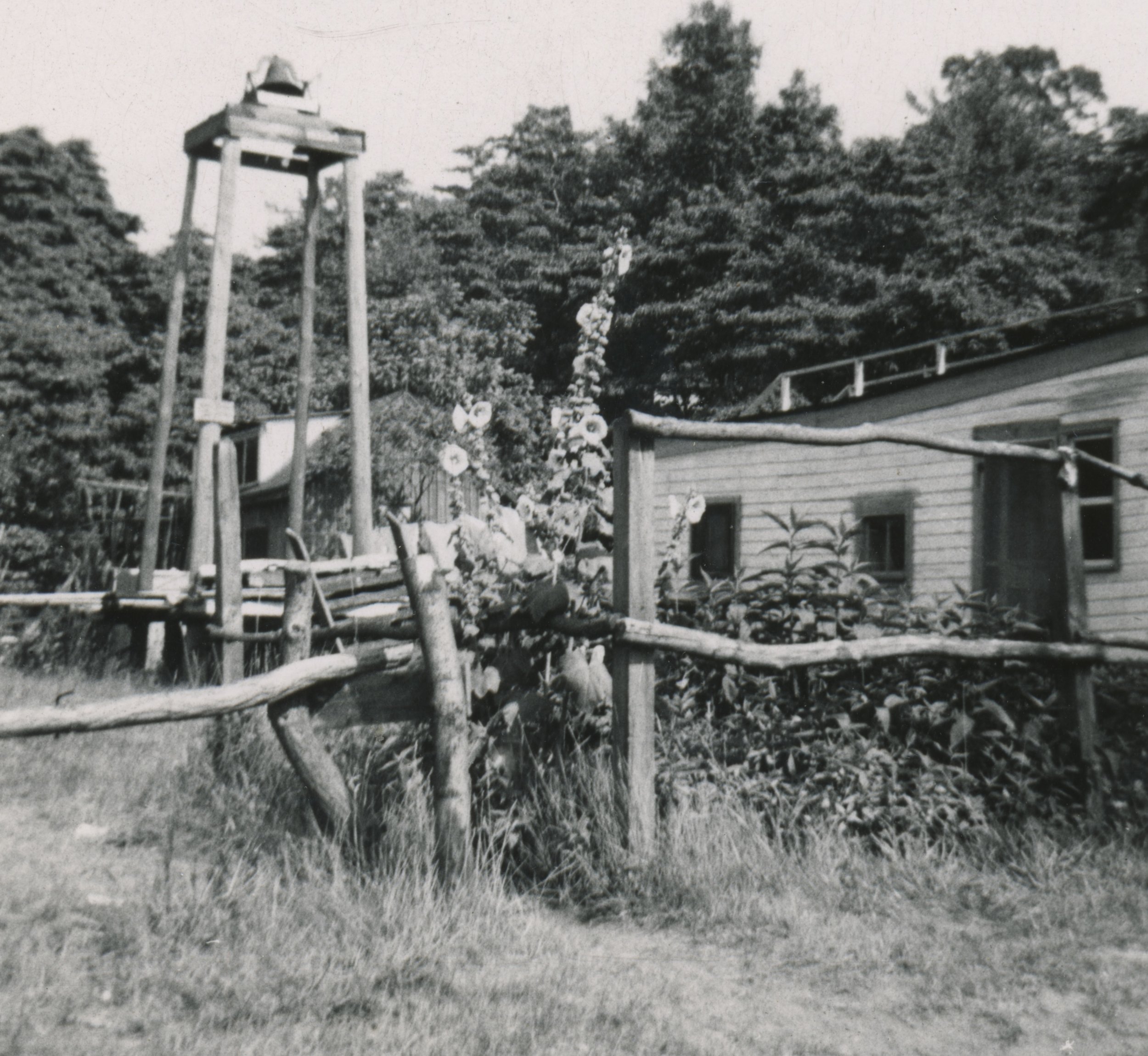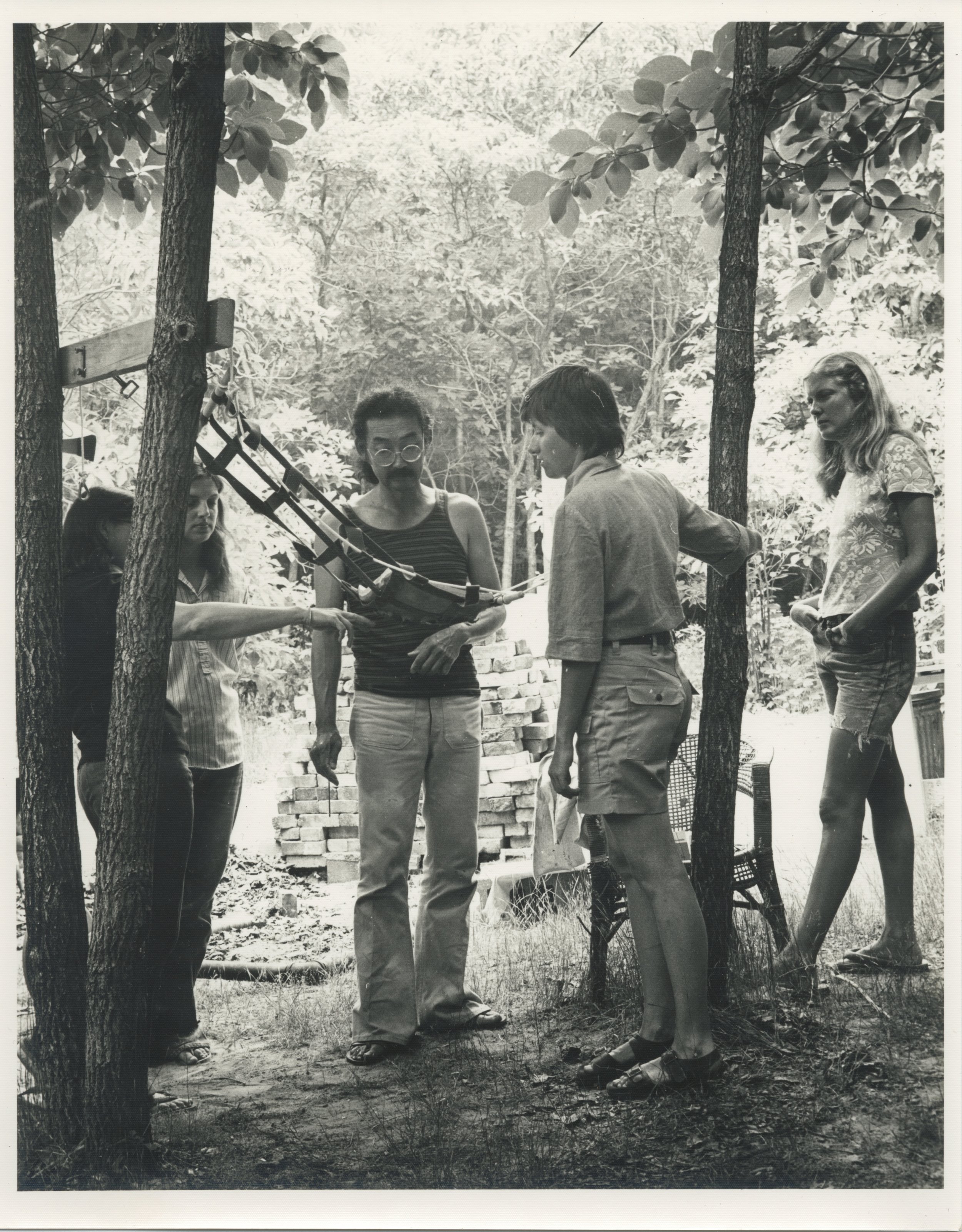Our Mission
OX-BOW CONNECTS ARTISTS TO:
A network of creative resources, people, and ideas
An energizing natural environment
A rich artistic history and vital future
Overview
Ox-Bow offers a wide range of opportunities for artists at all stages in their career. With year-round programs that cater to degree-seeking students, professional artists and those new to the field, Ox-Bow is a protected place where creative processes break-down, reform, and mature.
As much as Ox-Bow is a place, it is also an experience. Through its affiliation with the School of the Art Institute of Chicago, Ox-Bow offers one and two-week courses for credit and non-credit for beginning, intermediate, and advanced students. Ox-Bow’s courses are diverse, ranging in focus from the functional to the sculptural; from traditional to contemporary; and from representational to conceptual. It is the synthesis of this diverse range of studio practices, and the artists who come to engage with them, that offers the diversity of opinion, viewpoint, and discussion that makes the Ox-Bow experience so rich.
There are a variety of ways to engage in the program, from being a student, artist in residence, faculty member, visiting artist, or fellowship student. Whether you are there to learn, teach, or work in the studio, artists find that Ox-Bow invigorates them with fresh ideas to bring back to the studio.
Our Story
After a century in operation, Ox-Bow's mission has remained consistent—to serve as a haven for the creative process through instruction, immersion, and community.
Beach Picnic 1915
click to enlarge
Critique, 1920's
click to enlarge
The beginning
Founded by Frederick Fursman and Walter Marshall Clute, artists from The School of the Art Institute of Chicago, Ox-Bow was to serve as a respite for artists from the industrializing havoc of Chicago. Today, Ox-Bow's longevity is due to the strength of this mission and the artists who have held true to it.
Fursman and Clute began this tradition after visiting the Saugatuck area one summer. They became enamored with the natural beauty of the area, as well as its rural isolation. They began teaching summer painting classes at the Bandle Farm on the east bank of the Kalamazoo River approximately one mile upstream from Ox-Bow's present location. In 1912 and 1913, classes were held at the Park House, down river and at the Riverside Hotel. In 1914, the School moved its entire operation to the Riverside Hotel - which soon became known as the Ox-Bow Inn.
The Riverside Hotel always supported the industrial and commercial trends that dominated the area. The proprietors of the Riverside Hotel, the Shriver family, originally built a small house in the 1860s on what was then the ox-bow shaped bend of the Kalamazoo River. After realizing the potential for trade traffic, they added onto their simple home in the 1890s, converting it into a 20-room hotel. (Known today as Ox-Bow's "Old Inn")
TURN OF THE CENTURY
At the turn of the last century, the Saugatuck's major industries began to decline. In 1907, the Kalamazoo River channel was straightened to flow directly into Lake Michigan, effectively cutting off the Riverside Hotel from its patrons. Due to a lack of guests, the Shrivers then leased the hotel to a group of artists for the entire summer. The industry of art and leisure was taking over as the area began to reinvent itself as a Midwestern resort community. The Riverside Hotel persisted as lodging for its clients even though the clientele had changed from traders to artists.
After Clute's death in 1915, with the support of a group of core shareholders including Isobel and Edgar Rupprecht, Fursman took over as director for the next 30 years. Also in 1915, Thomas Eddy Tallmadge, the renowned architect and architectural historian, came to Ox-Bow and quickly became its best patron, leaving 110 acres to the school upon his death.
Today
Founded in 1910, Ox-Bow School of Art and Artists’ Residency is a separately incorporated nonprofit organization offering year-round programs that cater to degree-seeking students, professional artists, and those new to the field. Students from schools across the country visit Ox-Bow to study and make art on the school’s 115-acre campus in Saugatuck, Michigan, 150 miles northeast of Chicago.
Ox-Bow offers courses for credit and non-credit that can be used toward School of the Art Institute of Chicago (SAIC) degree requirements, including SAIC’s off-campus study requirement. Work scholarships and financial aid opportunities are available through Ox-Bow.



